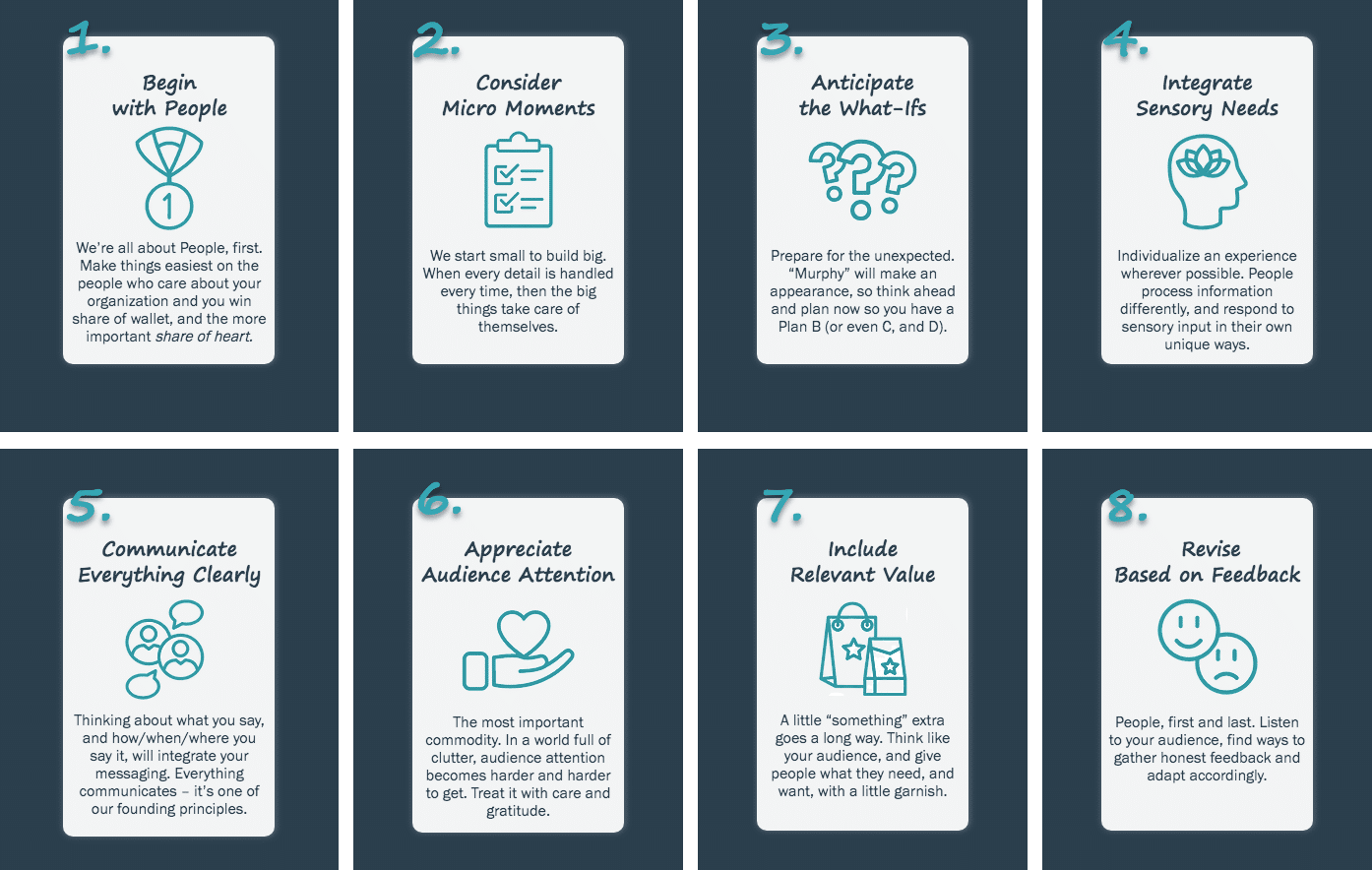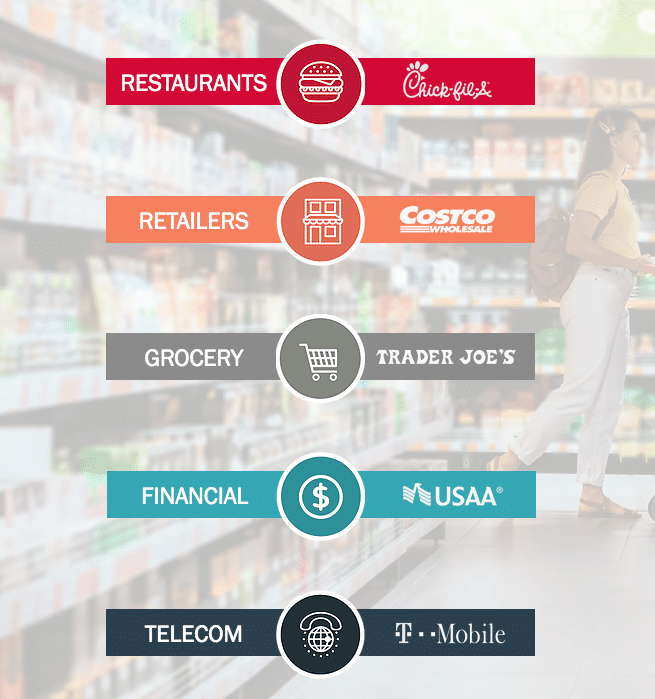The COVID crisis has been a learning experience for every brand, and more than a few have stumbled (or fallen) with their ever-important digital experience. But a handful have delivered above and beyond expectations—and don’t think consumers haven’t noticed. Today’s leading companies are transforming their digital offerings, while consumers are increasingly choosing how they want to interact with organizations.
Grounded in research, with consumers describing their interactions with brands in five industries to identify how those brands deliver, new research from MMR LIVE Experience Design, a consultancy-styled group of diverse minded researchers, storytelling strategists, data analysts and experiential marketers, helps orchestrate experience improvements for businesses that have emerged from the firm’s exploration into the hallmarks of organizations that create relevant, lasting, best-in-class relationships.
“ExperienceBuilt Brands win a share of heart, and they redefine loyalty because they lead beyond the confines of their own industry,” said Patricia Houston, MMR LIVE founder and COO, in a news release. “They offer shining examples of what to do during the pandemic, and through their actions, they are building brand affinity for the future. They aren’t just listing customer-centric values on their website; they are demonstrating them through their actions.”
MMR’s LIVE 8 are experience design principles grounded in research that can help you orchestrate experience improvements for your organization:
The index found marked differences in experience perceptions between optional interactions, like restaurants or retail, and ongoing ones, like telecom providers or banks.
While the “optional” industries receive leading average scores, the index shows opportunities for businesses in other categories, including telecom. These businesses can adapt to take a proactive approach and deliver the best experience possible for customers or fully respect their guests’ attention.
“Even when restaurants fall short of delivering a great experience, people are connecting with the brand as part of more casual interactions, so they often view the encounter in a different light and will often overlook any shortcomings they might notice with brands in other categories—but that’s a slippery slope,” Houston said. “The ultimate prize for a brand is their customers’ attention, but we are inundated by choice, and this is changing commerce and loyalty.”
“‘Experience’ is ingrained in every aspect of an audience-brand encounter, and at no time is it more apparent than during a crisis,” Houston added. “The specific elements may be small, but each touch-point must be considered and designed to deliver the best experience. Sometimes key touch-points are apparent, and sometimes not, but we know when the attention to experience is absent or poorly designed.”
What are the brands customers most look forward to doing business with?
“Brands must forge emotional connections with their audiences to deliver an exceptional experience people want and will return to,” Houston said. “People value experience as much as a product or an offering itself. Brands have an opportunity to provide value in a way that sometimes feels intangible, but it elicits an emotional response from customers.
“The most successful brands in the Index know an experience doesn’t just happen; it’s designed to create the perfect moment,” she added. “Their consistency in execution builds trust, and leads to stronger emotional connections with their audiences.”
The ExperienceBuilt Brand Index, from Atlanta-based MMR LIVE Experience Design, asked a nationally representative sample of 2,785 people to describe their interactions with leading brands in five industries to identify how those brands delivered against MMR LIVE’s Eight Principles of Experience Design – The LIVE 8.









